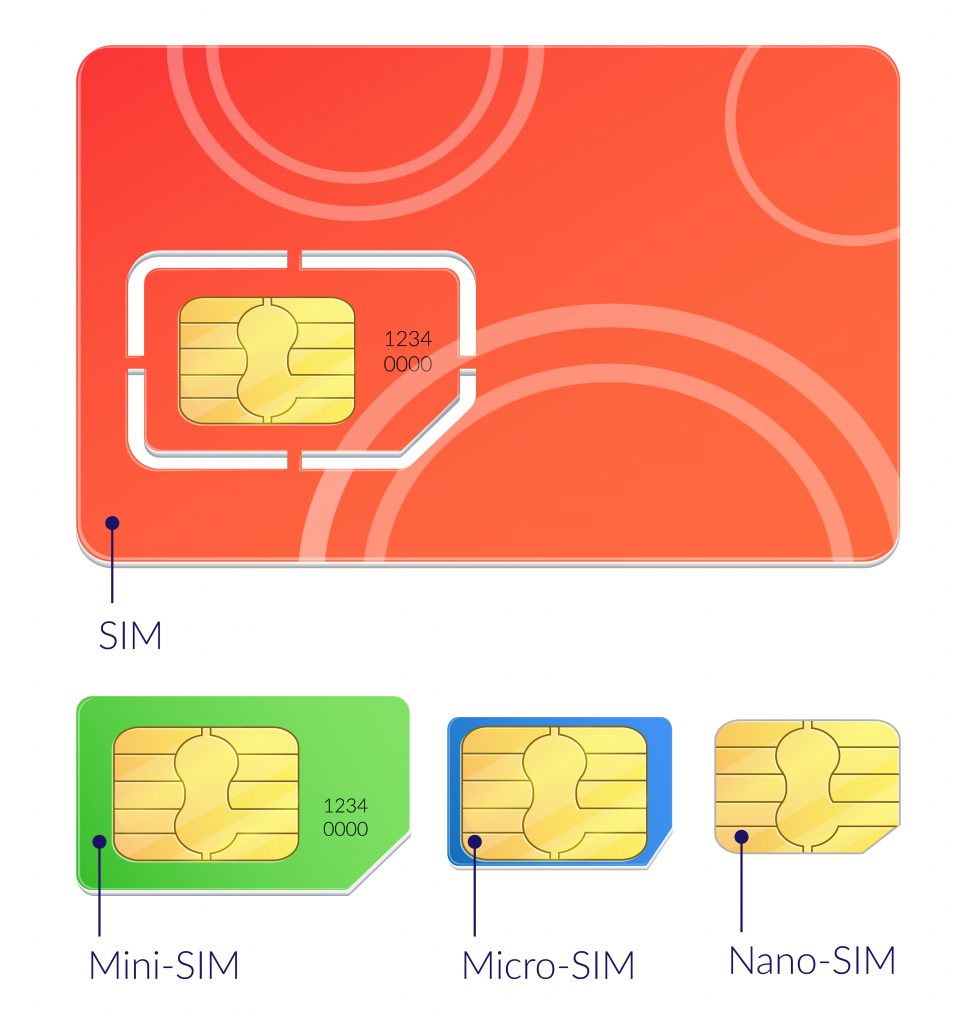Buried beneath a buzzing smartphone, sim cards are still keeping us connected – and safe In the turbulent world of telecoms, there is still one thing that’s stood the test of time – the sim card. While the most common components of a phone have undergone radical transformations ever since their humble beginnings, the accelerating pace of technological innovations has not defeated the sim card. From the first-generation sim through to today’s cutting-edge technologies, sim cards have adapted and evolved with the telecoms industry itself. Over the course of the next eight articles, we’ll take you on a tour from the birth of first-generation sims, to richly enhanced features offered by sim provisioning standards, through to the sim card technologies already headlining a brave new world of embedded connectivity opportunities: eUICC (embedded UICC SIM), iSIM (integrated SIM) Remote SIM Provisoning (RSP).


The history of the SIM card is an example of industry insight and the purest form of engineering thinking I could ever possibly hope to encounter. The first-generation, credit-card-sized SIM laid the digital groundwork for mobile communication and, as successive generations of mobile phones evolved from brick-like car phones to modern, slender multi-use smartphone devices, the SIM has shrunk and modified its shape but expanded both weight and complexity.
We’ll dive into how the mini-SIM transformed into the micro and nano-SIM cards, which led to sleeker and more powerful mobile devices, and the rise of embedded SIM (eSIM) technology. We’ll go through the recent evolution in eUICC technology and iSIM technology, which is built directly into the main processor.
Every article in this series will not only recount how SIM cards have evolved technologically, but also how advances and innovation have shaped the telecoms industry, device manufacturers and, most importantly, SIM users across the globe. From enabling user behaviour and automatic apps activation to improving mobile security, network authentication and global deployments of the IoT, the evolution of SIMs reflects wider trends in digitalisation, internet-of-things and the customer requirements for secure, seamless and flexible communication.
Welcome to our tour of the SIM chips, previously obscure processing devices that powered connectivity for the past four decades and continue to define the future of telecoms as well. If you’re a tech expert, a member of the telecoms industry or, as many of us are, tech consumers interested in learning more about the secrets behind your mobile device’s network survivability, we’re about to go on a journey through the zeroes and ones of the ever-evolving SIM. Grab a cup of coffee, pull up a monitor and get ready for the SIM evolution.
Comment on this article via Twitter: @IoTNow_
- SEO Powered Content & PR Distribution. Get Amplified Today.
- PlatoData.Network Vertical Generative Ai. Empower Yourself. Access Here.
- PlatoAiStream. Web3 Intelligence. Knowledge Amplified. Access Here.
- PlatoESG. Carbon, CleanTech, Energy, Environment, Solar, Waste Management. Access Here.
- PlatoHealth. Biotech and Clinical Trials Intelligence. Access Here.
- Source: https://www.iot-now.com/2024/02/15/142450-the-evolution-of-sim-cards-in-8-parts/




